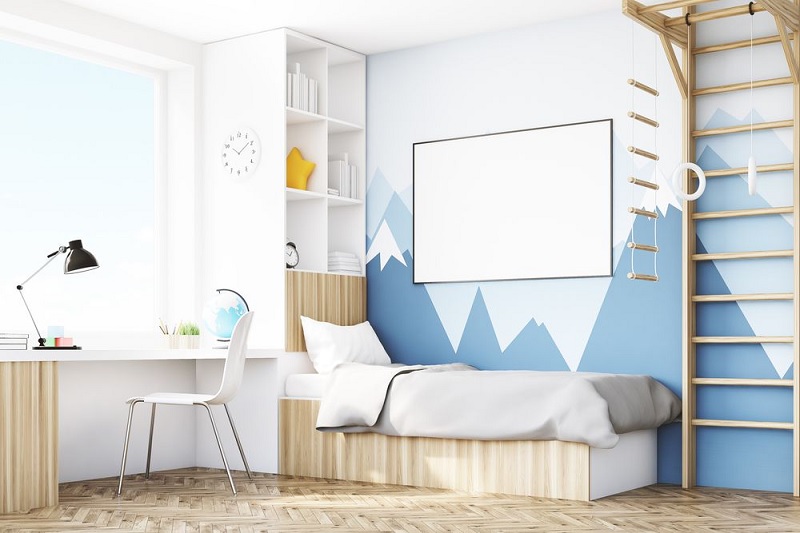Comforting Design Ideas for a Foster Child’s Bedroom

When a foster child arrives at a new home, it’s just about providing shelter but also offering a comforting, safe space where they can be themselves and feel truly at ease. One of the main areas that can make an immediate impression is the bedroom. In this post, we’ll explore some comforting design ideas to make that space a haven for any foster child.
Prioritise Comfort
When you foster with an agency like orangegrovefostercare.co.uk, you will need to provide your foster child with a room to call their own in your home – and make it a comfortable, soothing space for them. But comfort isn’t just about fluffy pillows or plush duvets (although they do help). It’s about creating an environment where a child feels protected. Choose soft, warm colours that radiate a cosy ambience. Think gentle hues of blue, muted greens, or soothing purple shades. Combine this with soft furnishings like knitted throws or cotton rugs to add a tactile element of reassurance.
Space for Personalisation
While setting up the room, leave a section where the child can add their personal touch. It might be a corkboard for their favourite photos, a shelf for precious possessions, or blank canvases to hang on the wall for their artistic creations. This not only gives them autonomy over their space but also creates a sense of belonging.
Functionality is Key
Every child’s needs are unique, especially when it comes to their personal space. Modular furniture can be an excellent choice as it allows for flexibility. Think adjustable shelves or under-bed storage boxes. Plus, ensure there is a quiet, well-lit corner for reading or studying, aiding in both relaxation and productivity.
Safety First
While designing, keep safety at the forefront. Choose furniture with rounded edges, secure bookshelves to the wall, and make sure that night lights are within easy reach. Feeling physically safe goes a long way in promoting a restful sleep and overall wellbeing.
Introduce Nature
A touch of nature has a calming influence. Whether it’s a potted plant, a vase of fresh flowers, or simple wooden elements, these touches bring serenity to a space. Consider low-maintenance plants like succulents or ferns that can be cared for by the child, giving them a sense of responsibility and connection to their environment.
Limit Technology
In this digital age, it’s tempting to fill a room with gadgets. However, consider creating tech-free zones or designated tech times. It encourages relaxation and reduces potential sleep disturbances. Plus, it provides opportunities for foster children to engage in traditional play or explore hobbies, aiding in their emotional and mental development.
Celebrate Their Heritage
No matter what the background of a foster child is, their cultural and personal history matters. Incorporate elements that echo their roots, where it’s in the form of wall art, bed linens, or decorative pieces. This not only helps them feel seen but also valued for who they truly are.
Creating a comfortable bedroom for a foster child isn’t just about decoration. It’s a chance for you to convey a clear message of acceptance, safety, and love. By considering the child’s needs, you can pave the way for a deeper connection and a more positive fostering experience.